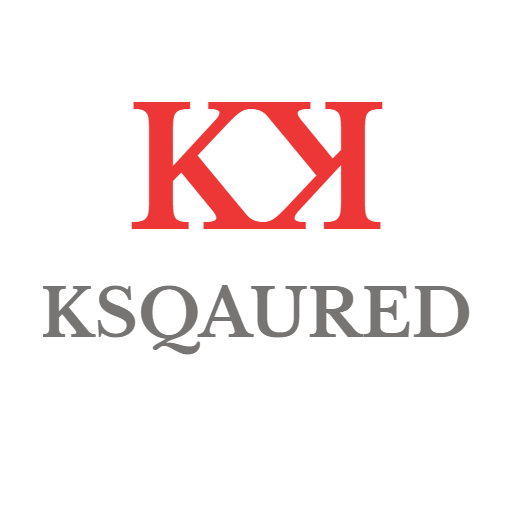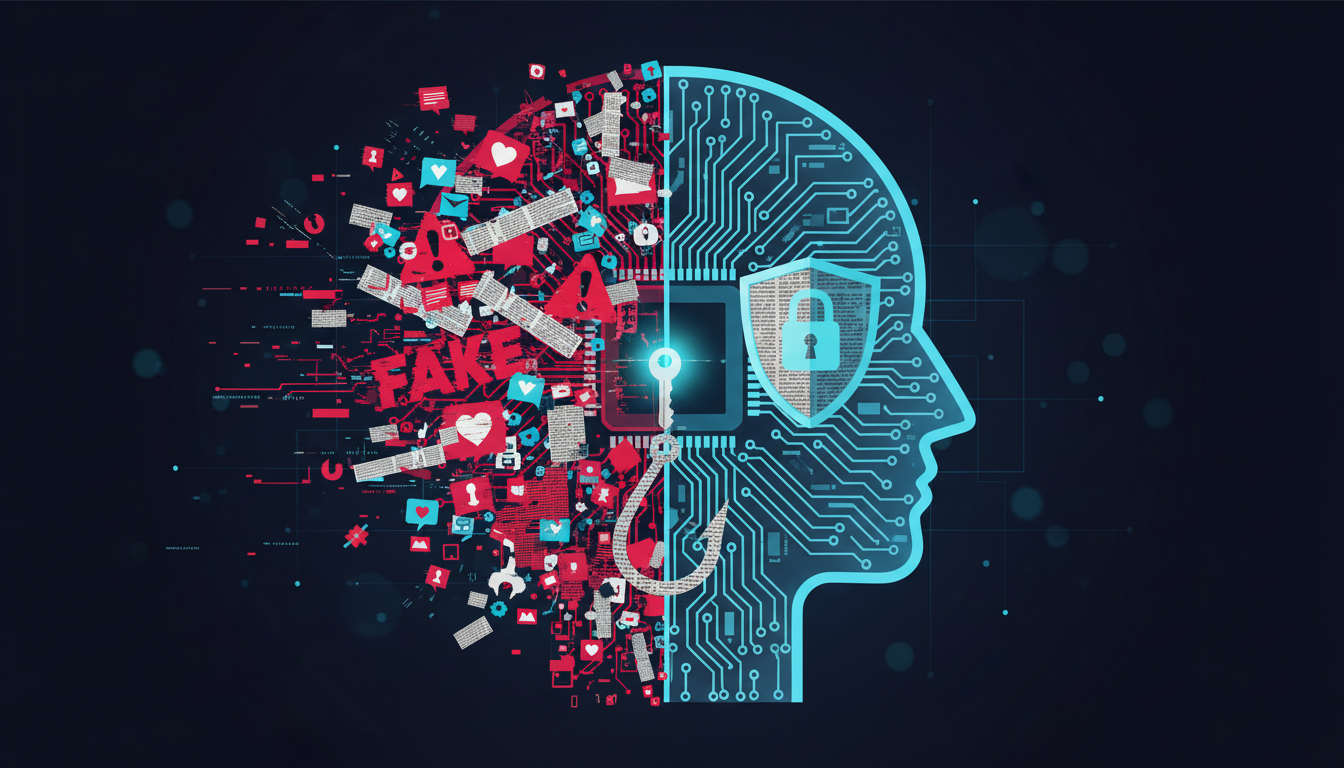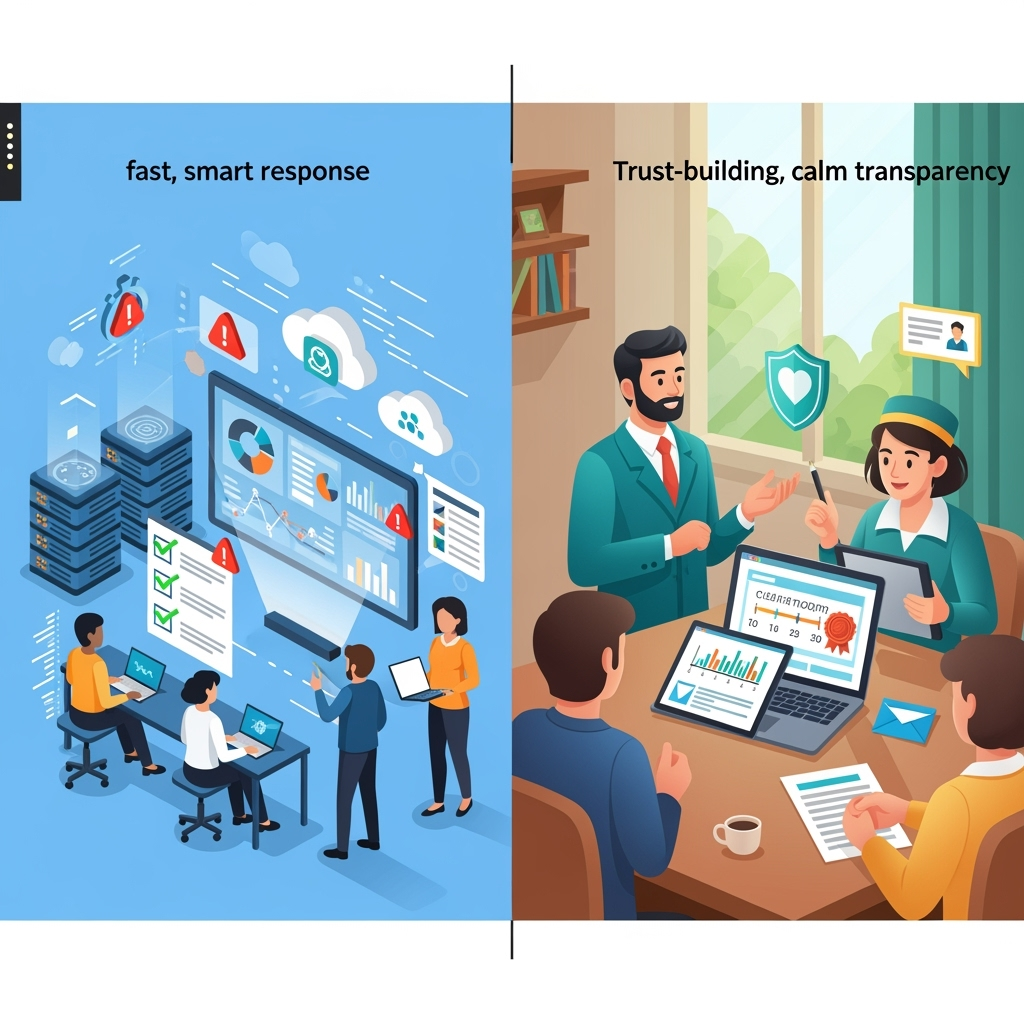Tag: IT Systems
-
In today’s hyperconnected world, cyber threats no longer arrive only as lines of malicious code or shadowy malware hidden in downloads. Increasingly, they come wrapped in headlines, hashtags, and viral posts. Fake news and misinformation campaigns have quietly become one of the most effective weapons in the modern cyber threat landscape—and their impact on cybersecurity…
-
Why do smart people still click the wrong link?By ksquared When people picture “hackers,” they usually imagine someone in a dark room breaking into computers with lines of code. In reality, many of the most successful cyberattacks don’t start with code.They start with people. Hackers know that the easiest way into a company or personal…
-
Learn how to keep children and teens safe online with essential cybersecurity tips for families. Discover practical ways to prevent cyberbullying, scams, and privacy risks while building digital confidence. Focus keywords:cybersecurity for kids, online safety for teens, internet safety for children, protecting young users online, parental digital safety tips 🧩 Introduction: The Digital Playground That…
-
When a data breach hits, the clock starts ticking. Your next moves can either turn chaos into control—or make things worse. The good news? With a clear plan and calm execution, you can contain damage, meet legal requirements, and even strengthen trust with customers and partners. Here’s your action-ready playbook for responding to a data…
-
The challenges of securing supply chains A plain‑English guide for the Ksqaured Blog If you’ve ever tracked a parcel and watched it hop between cities, you’ve seen the modern miracle of supply chains. But that neat map hides a messier truth: your stuff depends on a web of farms, factories, warehouses, ships, trucks, software systems,…
-
From Firefighting to Foresight If security once felt like whack-a-mole, you’re not imagining it. Alerts pop up, teams scramble, and by the time the dust settles, the attacker has moved on. Threat intelligence flips that script. Think of it as your weather radar: it spots storms before they hit, shows you where they’re headed, and…
-
Picture the internet as a vast Wild West frontier, where outlaws (hackers) are armed with AI slingshots and shape-shifting disguises. Your trusty antivirus (AV) software? It’s evolving from a lone sheriff with a badge to a high-tech posse with predictive powers. In this post, we’ll saddle up and explore how AV is gearing up for…
-
In an era defined by rapid technological advancement, a new and unsettling phenomenon has emerged: deepfake technology. Once confined to the realm of science fiction, deepfakes are now a stark reality, capable of generating highly realistic, fabricated media that blurs the lines between truth and deception. This sophisticated technology, while impressive in its capabilities, presents…
-
The Risks of Public Wi-Fi and How to Stay Safe Public Wi-Fi is everywhere—cafés, airports, hotels, and even parks offer free internet access. While this convenience is hard to resist, connecting to public Wi-Fi can expose you to significant cybersecurity risks. Understanding these dangers and learning how to protect yourself is essential for anyone who…
-
As more businesses move their operations to the cloud, securing sensitive data has become a top priority. Cloud environments offer flexibility, scalability, and cost savings, but they also introduce new security challenges. Understanding and implementing cloud security best practices is essential for protecting your organisation’s data and maintaining customer trust. Why Cloud Security Matters Cloud…










